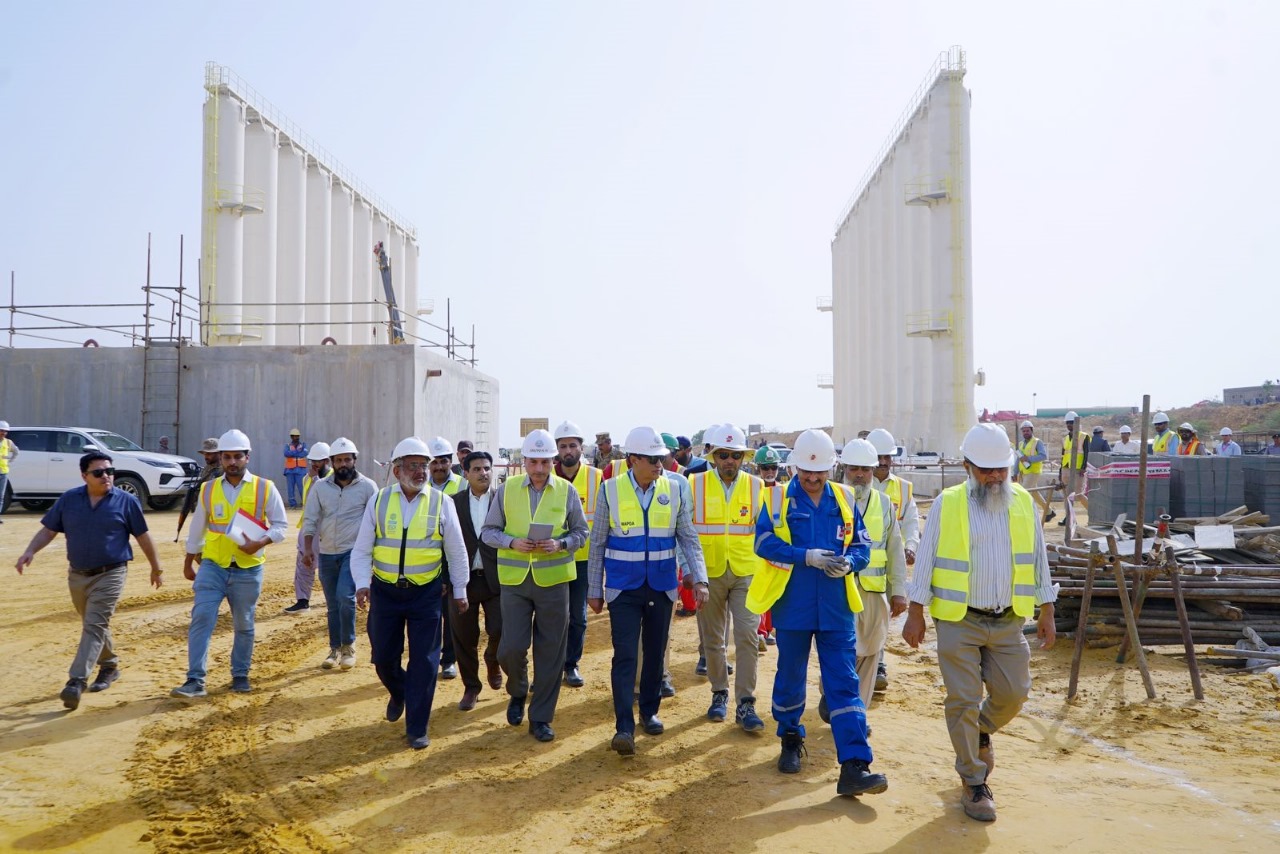
In the world of construction, compliance is key—not just to avoid penalties but to unlock new opportunities. If you’re a builder or contractor bidding on public works projects in California, chances are you’ve come across the term DAS 142. But what exactly is it, and why does it matter so much?
This guide demystifies das 142—what it is, how it works, and how it empowers contractors to stay compliant while cultivating skilled talent. Whether you’re new to public works or looking to refine your apprenticeship processes, understanding it is critical to your success.
What Is DAS 142?
DAS 142 refers to a required form from the Division of Apprenticeship Standards (DAS) in California. Officially known as the “Public Works Contract Award Information” form, DAS 142 is used by contractors to notify approved apprenticeship programs about job openings for apprentices on public works projects.
California law mandates that contractors employ apprentices for a certain percentage of labor hours on public projects. The DAS 142 form ensures that registered apprenticeship programs have a fair opportunity to dispatch apprentices to these jobs. It also serves as documentation proving that the contractor has met their obligation to request apprentices.
In short, it is your compliance pass to work legally and competitively on public construction projects.
Why It Is Crucial for Contractors
Contractors who ignore the DAS 142 process risk more than just a slap on the wrist. California’s Labor Code enforces serious penalties for non-compliance, including fines and disqualification from bidding on future work.
But beyond avoiding legal issues, it offers significant strategic advantages:
- Demonstrates your commitment to workforce development
- Keeps you in good standing with public agencies
- Enhances your reputation with general contractors and project owners
- Strengthens ties with local apprenticeship programs
For contractors focused on long-term success, embracing DAS 142 isn’t just about checking a box—it’s a way to stand out in a competitive market.
When It Is Required?
You must submit a DAS 142 form every time you need apprentices on a public works job. According to state regulations, this must be done at least 72 hours (excluding weekends and holidays) before the apprentice’s expected start date.
It’s important to note:
- It must be submitted to all applicable apprenticeship committees in the geographic area and trade involved.
- Even if you have a preferred program, the law requires broad notification.
- Lack of response from a program does not exempt you from your obligation.
Failing to comply with these rules can be costly—and it’s entirely avoidable.
How to Properly Submit DAS 142
The process of submitting it is relatively straightforward, but it must be handled with care.
Step-by-Step Guide:
- Download its form from the California Department of Industrial Relations (DIR) website.
- Fill in all required details about the project, job location, and scope of work.
- Submit the form to all relevant apprenticeship programs via email, fax, or certified mail—retain proof of submission.
- Document all communications, especially if no apprentices are dispatched.
- Update the form as needed if schedules or workforce needs change.
Consistency and record-keeping are essential. Contractors should treat its submissions as a standard part of their project launch checklist.
Benefits of DAS 142 for Builders and the Industry
1. Creates a Pipeline of Skilled Labor
By notifying apprenticeship programs of upcoming work, you help ensure apprentices receive the on-the-job training they need. This strengthens the labor market and helps combat California’s skilled labor shortage.
2. Promotes Diversity and Inclusion
Registered apprenticeship programs often serve a wide range of workers, including underrepresented groups. By submitting it and employing apprentices, contractors contribute to a more diverse and inclusive workforce.
3. Enhances Project Performance
Apprentices trained through approved programs bring knowledge, safety awareness, and a willingness to learn. A properly trained crew supports better quality, efficiency, and safety outcomes on site.
4. Boosts Contractor Credibility
Public agencies and private owners alike respect contractors who play by the rules and support the trades. A consistent record of it compliance builds trust and credibility—two key ingredients for winning repeat work.
Common Mistakes Contractors Make with DAS 142
Even experienced contractors can stumble when it comes to DAS 142. Avoid these common errors:
- Waiting too long to submit the form—always plan ahead by at least 3 working days.
- Only notifying one program—you must notify all applicable apprenticeship committees.
- Not keeping submission records—failure to document could result in compliance issues later.
- Ignoring updates—if project needs change, submit a revised DAS 142.
Using a project management or compliance tool to track DAS 142 deadlines and documentation can significantly reduce your risk.
How Associated Builders & Contractors Can Help
At Associated Builders & Contractors, we work with contractors across California to simplify the DAS 142 process. We offer:
- Templates and guides for efficient submission
- Help identifying relevant apprenticeship programs
- Education on state labor laws and apprenticeship requirements
- Advocacy and representation to ensure fair regulatory enforcement
We believe that understanding and using it correctly benefits the entire construction industry—and we’re here to help you every step of the way.
Frequently Asked Questions (FAQ)
1. Can I submit DAS 142 after the job has already started?
No. DAS 142 must be submitted at least 72 business hours before the apprentice is needed on site. Late submissions can result in non-compliance.
2. Do I need to submit DAS 142 for every trade on a project?
Yes. You must notify all applicable apprenticeship programs for each trade involved in the project. For example, if both electricians and carpenters are needed, DAS 142 must be submitted to programs in both trades.
3. What if no apprenticeship program responds to my DAS 142?
Keep all proof of submission. If no apprentices are dispatched after reasonable effort, you’re typically considered compliant, but you must be able to demonstrate that you fulfilled your obligations.
Conclusion: Make DAS 142 Work for You
For builders and contractors navigating California’s public works landscape, DAS 142 isn’t just a form—it’s a fundamental part of doing business the right way. It protects your project, strengthens your workforce, and sets you up for long-term success. By embracing DAS 142 as a strategic tool, not just a legal requirement, you position your company as a leader in workforce development and industry compliance.
At Associated Builders & Contractors, we encourage all contractors to integrate DAS 142 into their bidding and staffing workflows. If you need assistance, we’re here with the resources, knowledge, and support to help you stay compliant and competitive. Let DAS 142 be your foundation for growth, integrity, and opportunity in California’s ever-evolving construction sector.
From expert tips to trending updates, it’s all available on our main page.





